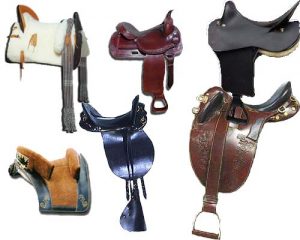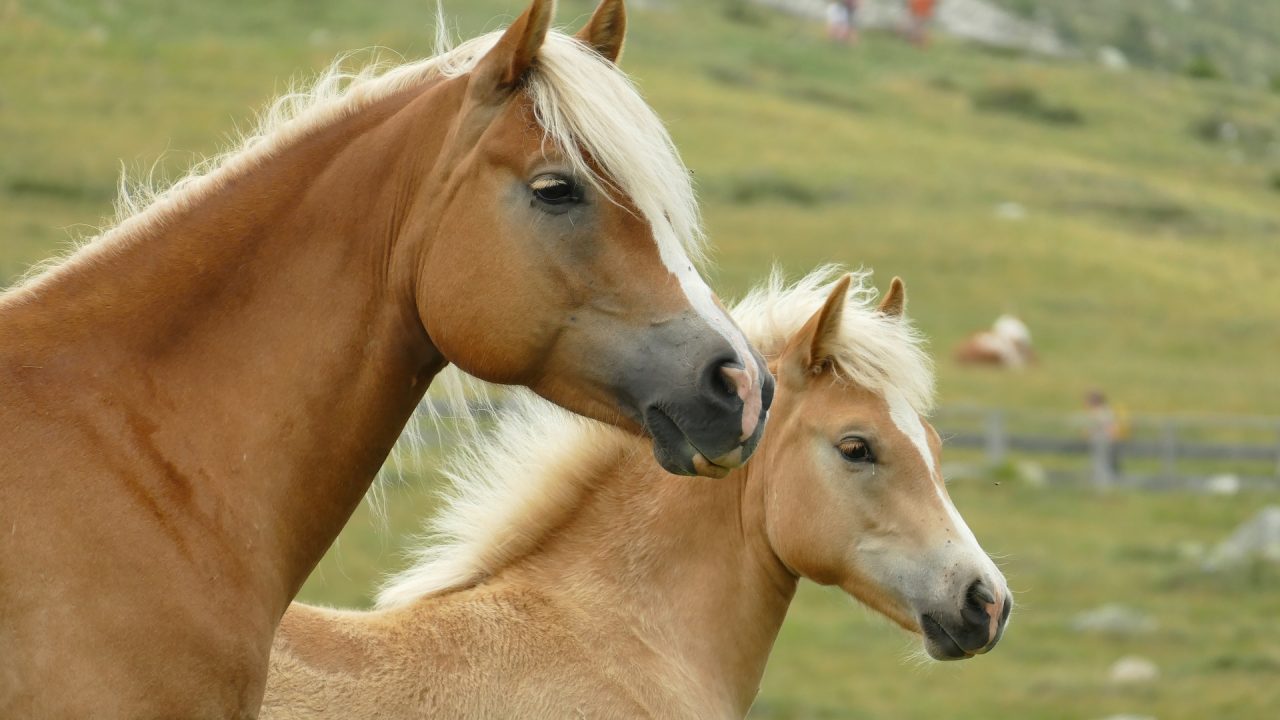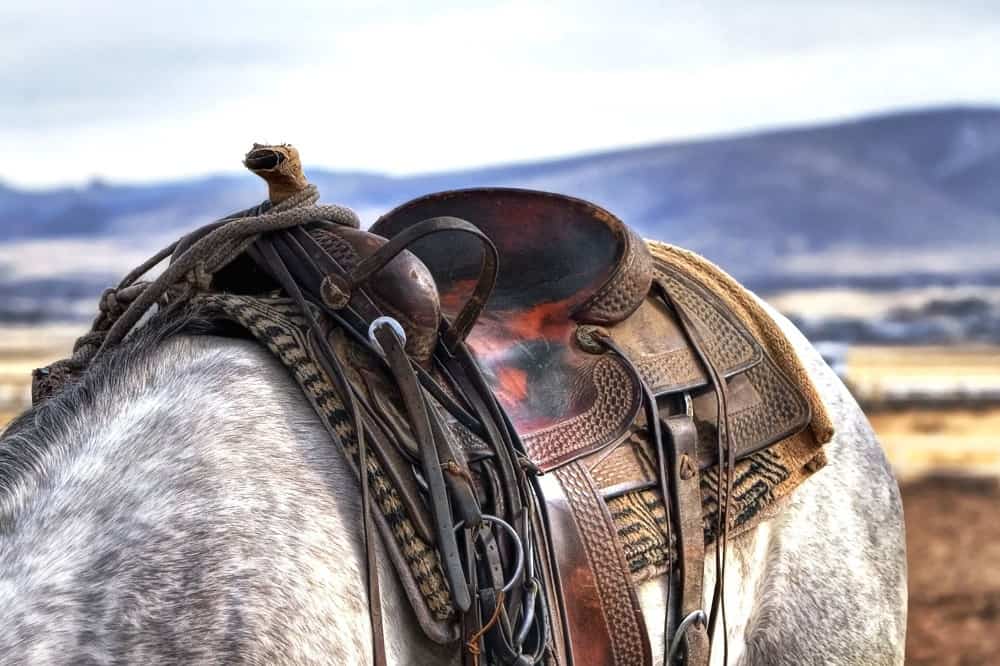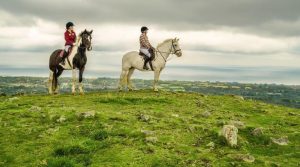 When horse-riding, the saddle is an essential piece of gear, and yet many are not aware of how much of a powerful tool it can be. An accurately fitted horseback riding saddle can make a big difference to the horse when it is hidden; it will provide you with comfort, safety, and efficiency while on an outdoor adventure riding the back of the horse. Here are some popular styles of the best horse saddles:
When horse-riding, the saddle is an essential piece of gear, and yet many are not aware of how much of a powerful tool it can be. An accurately fitted horseback riding saddle can make a big difference to the horse when it is hidden; it will provide you with comfort, safety, and efficiency while on an outdoor adventure riding the back of the horse. Here are some popular styles of the best horse saddles:
The English saddle
It comes with short billet straps and makes it easy for horses to jump over a fence, even with a rider on its back. A piece of equipment known as a girth is used to keep the saddle in place on a horse. The girth passes under the barrel of the equine, normally attached to the saddle on both sides by billet which is two or three leather straps.
The Cutback saddle
This is known for and named for the cut back area in the pommel located at the withers. Horses with higher leg action, such as the Saddlebreds, the Tennessee Walkers, the National Show Horse, Morgans, and Arabians, will utilize this saddle to accommodate the greater motion of the front legs and shoulders as well as to provide for the often higher withers associated with these breeds. The seat is longer and lower, and the flap on the cutback is too straight and long.
The Australian stock saddle
This is your top choice when it comes to comfort. With comes with deep seats strung beneath the leather and is bound securely to help the rider remain stationary on their seat. Another well-known type is the Western saddles, which is ideal if you are on the process of training your horse. It provides proper leg positioning that enables you to send out commands to the horse and communicate with them effectively.
Western saddle
They are designed to accommodate a warrior on horseback and his various needs. The saddle was transitioned from a military saddle into one used to accommodate the needs of a working cowboy. Thus, the most distinctive difference is the presence of a horn which was used by cowboys to tie a cow as they are maintaining the herd. And, because these saddles had to be strong enough to handle another animal being tied to the horn, western saddles are bigger, stronger and more substantial than English saddles.
Lastly, racing saddles are intended mainly for horses that are bred for racing. It comes with two larger saddle pieces and a couple of girth straps. These are made lightweight to make it convenient for the horse to race around and conveniently to position the rider throughout the race.
Summary
Properly fitting your horse saddle to your horse will come easier after the first several times you do it. It is worth taking the time to master the right way to do this in order for your horse to remain comfortable and healthy.

 Horse riding fun and is also an extremely healthy sport for people of all ages. However, one should remember that this activity is quite dangerous. Here are some important tips regarding horsemanship and safety, which will help you pursue this sport easily. First-timers should take lessons from an experienced and qualified instructor. He or she will teach you the basics of horse riding along with the safety measures you should follow.
Horse riding fun and is also an extremely healthy sport for people of all ages. However, one should remember that this activity is quite dangerous. Here are some important tips regarding horsemanship and safety, which will help you pursue this sport easily. First-timers should take lessons from an experienced and qualified instructor. He or she will teach you the basics of horse riding along with the safety measures you should follow. There is a range of reasons as to
There is a range of reasons as to  When you choose to be a jockey, you probably need to prepare for horse racing regularly. You may also want to have your horse ready for the competition through training. It however prudent for you to consider a horse has experience in the sport as well as the one you are familiar with.Horse racing is quite an expensive venture with some risks.Horse accidents are rare, but disastrous when they happen. Having suitable skills will assist you in evading this risk. Below are some facts about horse riding.
When you choose to be a jockey, you probably need to prepare for horse racing regularly. You may also want to have your horse ready for the competition through training. It however prudent for you to consider a horse has experience in the sport as well as the one you are familiar with.Horse racing is quite an expensive venture with some risks.Horse accidents are rare, but disastrous when they happen. Having suitable skills will assist you in evading this risk. Below are some facts about horse riding.